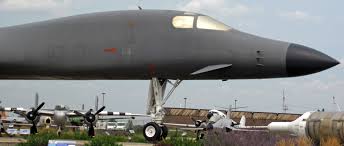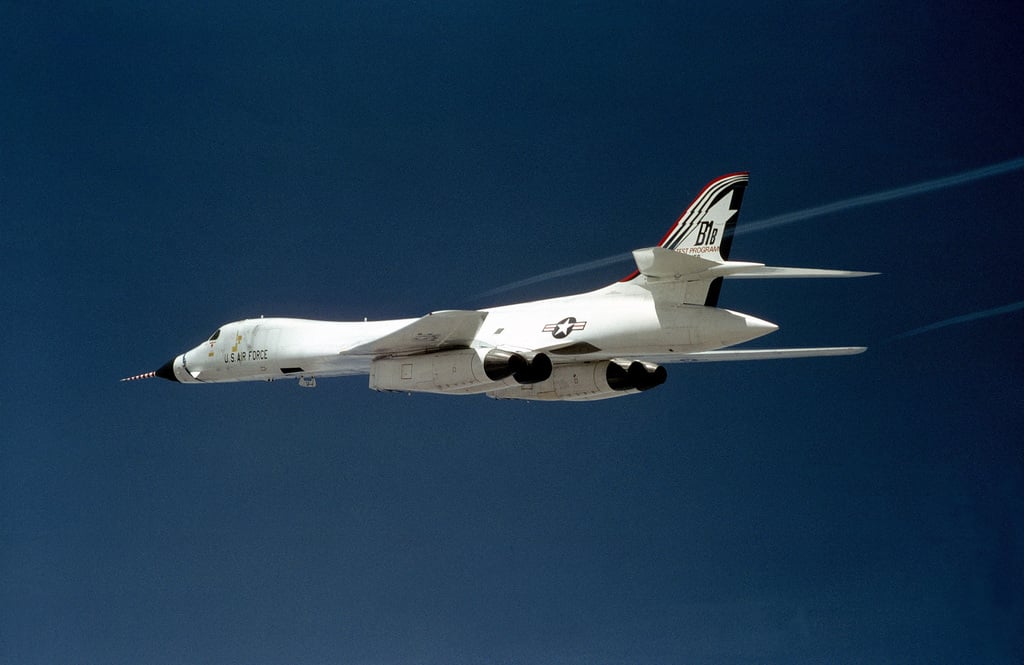
Amid global tensions and a focus on bolstering alliances, the U.S. Air Force has demonstrated an enhanced capability to respond to electronic threats by rapidly reprogramming mission data files (MDFs) for B-1B Lancer bombers during Bomber Task Force (BTF) 24-2 in Europe.

The integration of the 16th Electronic Warfare Squadron (EWS) was a significant step in advancing the United States’ strategic bomber force readiness and interoperability with NATO partners.

The mission, part of a series of exercises under Large-Scale Exercise 2024, saw the 16th EWS deploy to Morón Air Base, Spain, providing hands-on education, training, and support for the B-1 fleet.

The squadron’s primary objective was to update MDFs to reflect the latest electronic landscape and threat intelligence, allowing aircrews to effectively sense, identify, locate, and counter threats in the electromagnetic spectrum (EMS).

“A big part of our mission out there was to strengthen our relationship with ops squadrons,” highlighted U.S. Air Force Capt. Janel Yandura, 16th EWS B-1 flight commander. This sentiment underscores the importance of cohesion between squadrons in real-world operations, especially when electronic warfare capabilities play a pivotal role in modern conflict.

The B-1’s Pre-processor Flight Software (PFS) 6.42, the latest upgrade for the bomber’s defensive systems, was a focal point for the 16th EWS. It enhances the B-1’s ability to utilize the AN/ALQ-161A electronic countermeasures system’s previously untapped capabilities.

“It protects the aircrew by enabling EW capabilities, especially the ability to register and display adversary and friendly signals,” explained U.S. Air Force 1st Lieutenant Miriansky Rivasramos, 16th EWS B-1 flight branch chief.

On-site collaboration was crucial for the 16th EWS to refine their processes and gather feedback directly from B-1 crews, impacting the reprogramming process’s efficacy and timeliness.

“Being out there allowed us to see how our MDFs are operating in the field rather than in our ideal lab environment,” noted U.S. Air Force Staff Sgt. Chloe Nuckols, 16th EWS B-1 mission data specialist.

U.S. Air Force Capt. Joshua Cover, 9th Bomber Squadron wing electronic warfare officer, emphasized the significance of the integration with the 350th Spectrum Warfare Wing, stating, “Collaboration…is imperative to be ready for the next fight.”

Throughout BTF 24-2, the B-1Bs executed several missions across Europe, engaging with Allies and partners to solidify deterrence measures and operational unpredictability to potential adversaries.

The bombers concluded their deployment by successfully integrating with UK Typhoons, reinforcing the U.S.’s commitment to transatlantic security.

With the global security environment demanding a proactive stance, BTF 24-2 also provided a platform for showcasing the U.S.’s Arctic maneuvering capabilities.

The deployment included B-1 transits through the Barents Sea, resulting in Russian MiG-31 interceptions.

Gen. James Hecker, commander of U.S. Air Forces in Europe – Air Forces Africa and NATO Allied Air Command, articulated the significance of demonstrating a commitment to regional security and stability.
Relevant articles:
– 16 EWS Supports BTF Europe, 350th Spectrum Warfare Wing (.mil)
– 16th EWS supports B-1 fleet during BTF 24-2, DVIDS
– U.S. Air Force B-1B bombers conclude BTF 24-2, U.S. Air Forces in Europe (.mil)
– Two Additional B-1s Have Landed In Spain Bringing To Four The Total US Bombers Deployed To Europe, The Aviationist
